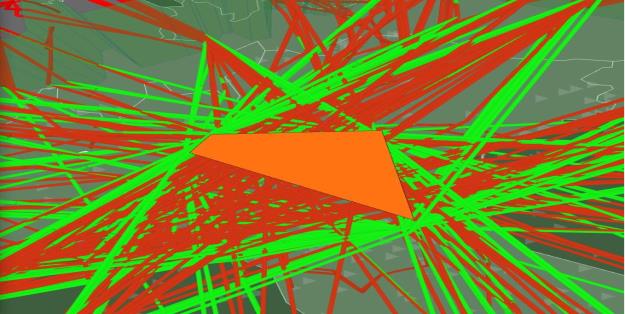
Recent tests by SESAR members are showing that managing airspace in a more dynamic way can increase capacity, while reducing delays and emissions.
Additional validations will be put in place by the partners in the PJ08 Advanced Airspace Management (AAM) project, scheduled for 2018.
With the move from fixed route networks to free route operations in Europe, air navigation service providers need to be able to organize, plan and manage airspace configurations with enough flexibility to respond to any change in traffic demand, to any unexpected event, and to any update in airspace reservation.

Building on the results of the SESAR 1 Flexible Airspace Management (FAM) project, ENAV and its linked third-party (Techno Sky) with the support of EUROCONTROL, simulated dynamic airspace configurations in the Italian West and East sectors of Milano ACC, a free route environment of complex traffic situations.
Using EUROCONTROL’s Research NEtwork Strategic Tool (R-NEST) tool, partners were able to define the structure of the target sectorisation, and obtain new optimized configurations, more suited to the structure of the demand, and balancing controller workload.

The new configurations were compared against the reference scenarios with operations performed in current airspace. They showed that using dynamic airspace techniques had a positive impact on capacity and efficiency since controllers’ time and availability could be better managed.
Feedback was collected from controllers through brainstorming, to further improve sector configuration computation and re-routing of flights for DMA activation.
 These initial results show that dynamic sectorisation and dynamic Airspace Reservation/Restriction (ARES) management should lead to quantifiable benefits to the network. Additional validations will take place in the near future to provide more results, leading to a formal SESAR Solution capable of being deployed across the network.
These initial results show that dynamic sectorisation and dynamic Airspace Reservation/Restriction (ARES) management should lead to quantifiable benefits to the network. Additional validations will take place in the near future to provide more results, leading to a formal SESAR Solution capable of being deployed across the network.
